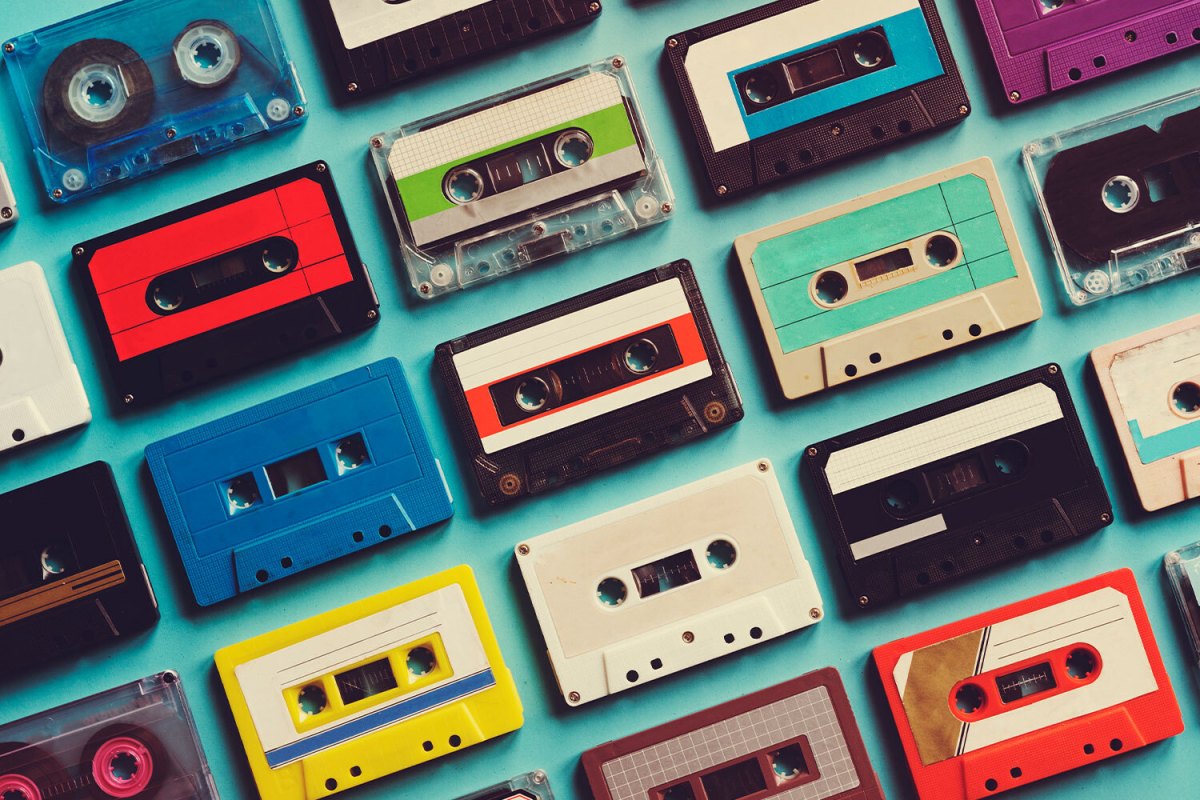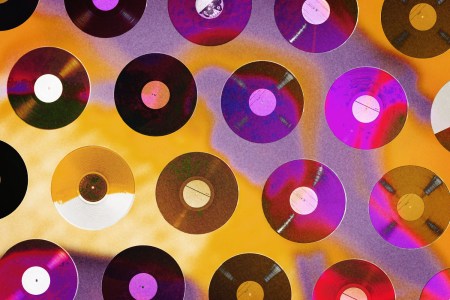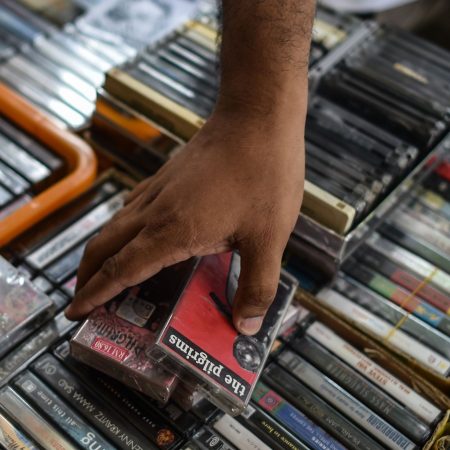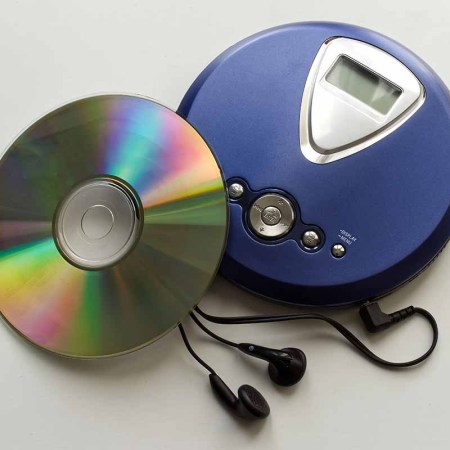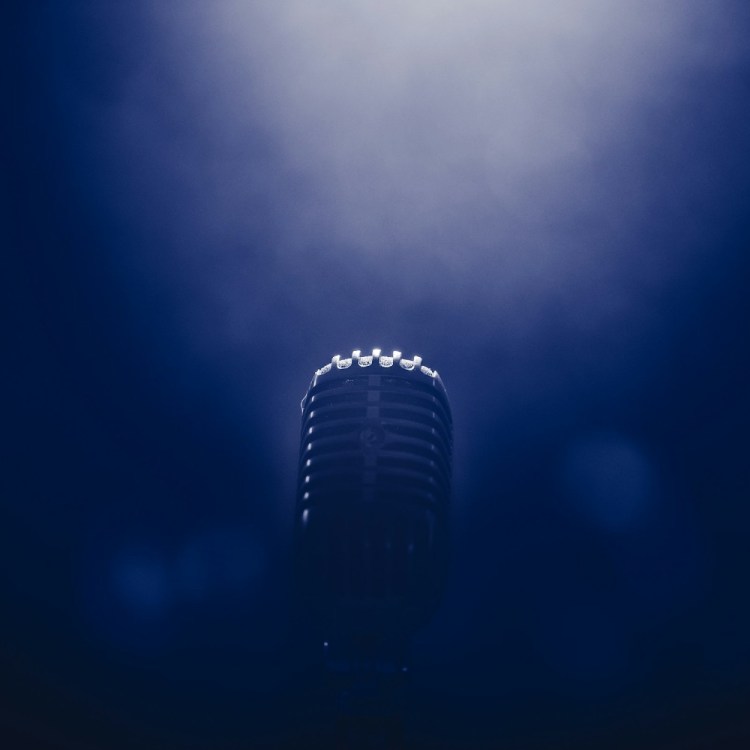In 1962, the cassette became the next big thing in music. At that point in time listening to music was limited to the home through vinyl or radio, and the idea of portable music was very much a thing of the future. In the last 60 years, listeners’ ways of consuming music have evolved, from vinyl to cassette to CDs to MP3s to streaming services. Regardless of whatever the new mainstream way to listen to music may be, the different mediums have never gone away completely, and in the past 10 years there has been a large increase in cassette sales. In the UK, cassette sales have reached record highs, numbers that according to the British Phonographic Institute (BPI) haven’t been seen since before Apple launched its iTunes Music download store in the UK.
The 2000s saw a decline in tangible music, with the iPod heyday being quickly followed by convenient streaming services. Streaming services have become the most popular among listeners, with the Recording Institute Association of America finding that in 2022 84% of music revenue came directly from streaming. However, physical albums aren’t going anywhere any time soon. CDs are still widely available, over the past 20 years vinyl has made a comeback, and most recently, cassettes have seen a resurgence in popularity.
Despite the arrival of new mediums, cassettes never completely vanished. A long while after CDs appeared, many cars still only had cassette players, so the appeal of making your own mixtape remained long after the aux cord came into play. Cassettes were also a staple among punk and indie artists who distributed their music on tape rather than the more expensive vinyl or CD. It is only in the past 10 years, however, that cassettes have regained popularity in the mainstream. The rise is most commonly attributed to the number of big label artists, including Taylor Swift and Harry Styles, releasing cassettes alongside CDs and vinyl copies of their albums.
The BPI found that cassette sales reached a near two-decade high in 2022, with the format accounting for over 10% of the chart sales of the No.1 album on the UK weekly Official Albums Chart. Meanwhile, in the United States, cassette sales jumped 28% in 2022. The National Audio Company, the world’s largest cassette manufacturer, began making ultra-high performance cassette tapes in 2016 as a result of a resurgence in cassettes. This is, according to Steven Stepp, President of NAC, in part due to the increased demand for cassettes. Today, NAC manufactures cassettes for all the major music labels as well as 5,000 independent labels worldwide.
Beyond artists wanting to give listeners multiple ways to consume their music, the cassette revival is in part due to the growing fascination with them across popular culture. In Guardians of the Galaxy, the protagonist listens to his deceased mother’s cassette mixtape throughout the movie. A mixtape was released as the soundtrack for the movie, and like in the movie, it was released as a cassette, with the iconic Awesome Mix Vol. 1 title. It was one of the first cassette releases during the medium’s revival and has become one of the biggest sellers in the last 10 years.
Although it was initially released in a cassette for promotional purposes, Gennaro Castaldo at BPI claims that the success of the Guardians of the Galaxy cassette “encouraged releases for other albums, and this then set off a virtuous cycle of growth.” Stranger Things’ most recent season also rekindled interest in cassettes, with Kate Bush making a comeback in the charts and bidding wars over cassettes of Hounds of Love, a tape that became prominent in the show, ensuing. In 2023, the growing popularity of The Last Of Us also increased the interest in cassettes.
Is the Vinyl Boom Actually Hurting Independent Music?
Supply chain issues are still plaguing indie labels, artists and record stores, but are huge pressings by pop stars like Adele and Taylor Swift to blame?There is clearly a demand for cassettes, and Drew Hill, managing director at Proper Music Group and VP of distribution at Utopia Music, says, “The format’s continuous growth over the last decade speaks to the ongoing fan demand for a myriad of ways to listen, collect and value music…fans are looking to labels and artists to offer a broad spectrum of physical options to complement digital streaming.” Hill’s commentary shows how much owning a physical copy of an album has changed in the age of streaming. Streaming hasn’t stopped physical copies from being needed, but it has encouraged more inventive versions to be made available. This began with vinyl, which, Gerardo Castaldo at BPI notes “is considered an art form by many and has many more layers that appeal to the collector: the disc itself, the warmth of the sound quality and immersive audio experience; the sleeve artwork and sleeve notes.” Another core appeal of vinyl is the increased sound quality; however, with cassettes, a medium not quite notorious for great quality sound, the popularity is a strange phenomenon.
Speaking to consumers, and modern collectors of cassettes, there are many reasons why people are drawn to them. One collector said the sound quality wasn’t what drew them to cassettes, instead it was the “warmth that you get from an analog tape that isn’t really present on streaming…I just like the way it sounds.” Another collector agreed the quality of sound doesn’t matter, saying “I don’t find joy in knowing what I’m hearing is scientifically better. It’s about how it feels, and the tactile experience I get out of it. No one that I’m aware of is pretending that analog music is more practical, but rather, that it offers more enjoyment than just pressing play. Much like vinyl, there’s a routine you develop, a ritual of sorts, that’s inherent to analog audio.” The trend seems to be a love for the not-so-perfect sound that is near impossible in streaming.
CDs, vinyl and cassettes provide listeners with a tactile token for the music they love. In a Reddit thread about a Taylor Swift fan’s cassette collection, many asked the Redditor if they actually listened to them, and they openly responded that their collection was more so for the aesthetic appeal than anything else. Their perspective reflects what has been recently found about the usage of vinyl by Music Business Worldwide, which discovered that 50 percent of vinyl collectors do not actually own a record player to play their albums, citing that many vinyl owners prefer to use them as décor in their homes rather than actually playing them. BPI mirrored this view, noting how “there was evidence to show that fans, particularly younger ones and students, were buying albums as much for display and the aesthetic appeal (framing sleeves for their walls, etc.) as for actually listening.” Music is more often than not mainly listened to via streaming services, so the choice of a physical album becomes more influenced by a buyer’s preferred aesthetic than differences in sound quality.
However, as streaming continues to be the main way to listen, it is interesting to consider how multiple album releases across mediums may be warping positions on the charts. Taylor Swift’s Midnights was released on vinyl across four special editions, as well as cassette, which led it to become one of the highest-selling albums of 2022, but not the most streamed. Midnights earned second place in the U.S. Year-End Music Report for 2022 due to massive physical album sales, but if only streaming sales were taken into account, the album would have placed fifth. According to Luminate, Midnights’ US streams in 2022 sat at 1.791 billion, behind Harry Styles’ Harry’s House (1.836 billion), Morgan Wallen’s Dangerous: The Double Album (2.915 billion) and The Weeknd’s The Highlights (2.366 billion). With 4.266 billion audio streams in the US last year, Bad Bunny’s Un Verano Sin Ti had nearly twice as many streams as Midnights.
The special edition releases of Midnights clearly impacted the record-breaking 6 million physical copies sold worldwide in the first three months of its release, with cassette sales contributing at least 10% to those physical sales. However, when vinyl and cassettes are more often bought for aesthetic rather than listening purposes, it begs the question: should they have an impact on chart placement when they are essentially merchandise?
The truth is most cassette and vinyl purchases are bought as a form of memorabilia rather than a way to listen. In a world where music is so intangible, and everything is on an app or in the cloud, it makes sense that fans want something tangible to represent their love of an album. Why not something like a vinyl record or a cassette, which is much more aesthetically pleasing than a CD? That may sound bleak, but it’s really more about evolution. We can still enjoy cassettes, vinyl and CDs without having to use them. There is nothing wrong with just loving the vintage aesthetic and cassettes being décor rather than a preferred aural medium. As BPI and many consumers pointed out, there’s truly not much of a comeback for the cassette compared to its heyday, but there is room for it in the new realm of kitschy fan-loved décor.
This article appeared in an InsideHook newsletter. Sign up for free to get more on travel, wellness, style, drinking, and culture.
